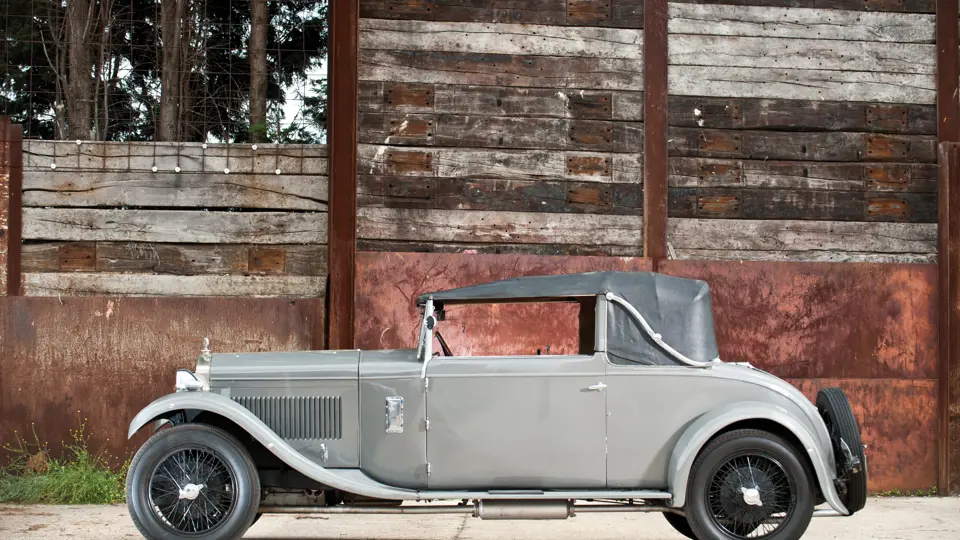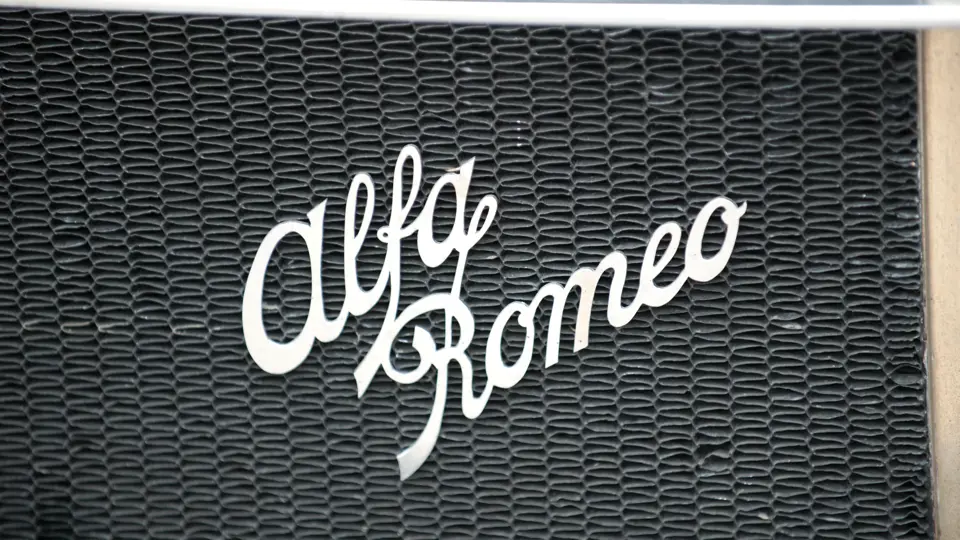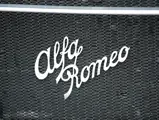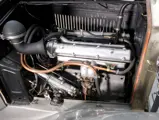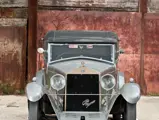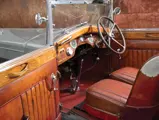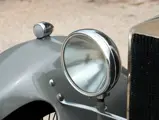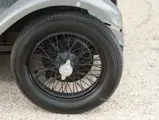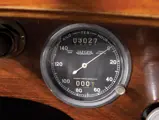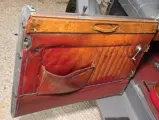(Est.) 50 bhp, 1,750 cc dual overhead cam inline six-cylinder engine, Solex carburettor, three-speed manual transmission, live rear axle, and four-wheel drum brakes. Wheelbase: 3,100 mm
• Remarkably original third-series example with attractive coachwork
• Accompanied by a history file and eligible for many events
• Formerly owned by David Black
In the early 1920s, Alfa Romeo chief engineer Vittorio Jano commenced development of an advanced, lightweight, high-performance vehicle with a race-proven chassis and an all-new inline six-cylinder engine. This road car, officially designated NR but better known as the 6C 1500, followed Jano’s first Alfa Romeo project, the P2 Grand Prix car that conquered the inaugural Automobile World Championship, the predecessor to today’s Formula 1.
Introduced in April 1925 at the Salone dell’Automobile di Milano, the 6C 1500 was offered in single-cam Normale and DOHC Sport form, which later powered the 1928 Mille Miglia winner, driven by operatic baritone and skilled racing driver Giuseppe Campari. Relentless development yielded the enlarged 6C 1750 for 1929, with a 200-mm wheelbase stretch. The 6C 1750 quickly established itself as a formidable competitor, particularly in the hands of Campari and Tazio Nuvolari. Initially, three variants were offered for 1929: the single-cam Turismo, the twin-cam Sport (renamed Gran Turismo for the model’s second year) and the supercharged, twin-cam Grand Sport.
While 327 Turismo models were produced for 1929, considerably fewer exist today, and this James Young-bodied Drophead Coupé offers the truly rare opportunity to acquire a preserved and carefully maintained example of Vittorio Jano’s first mainstream success for Alfa Romeo. It was assembled in mid-1929 for export, with the rolling chassis sent to James Young, Ltd. of Bromley, Kent (assigned Job Order Number 2074) for its Drophead Coupé body and first UK-registered on 27 February, 1930 as “GC 7266.” As offered today, it retains these original registration plates.
The handsome 6C passed through a number of British owners and survived WWII without issue, and according to its accompanying UK registration booklet, the car was acquired in 1968 by McEwen & Bell of Derbyshire, who sold it to D.G.T. Russell of Northampton in 1970. Two years later, the well known Alfa Romeo collector and historian David Black purchased the car, and it remained with him until 1986, when Usui Benzo of Japan, also a noted Alfa collector, acquired it.
This 6C 1750 is well known within the UK’s active Alfa Romeo community. The exterior shows signs of regular use and remarkable originality. Finished in silver grey with a contrasting dark grey top, the upright Drophead Coupé bodywork appears original and is typical of James Young design, representing a unique fusion of pre-war Italian engineering and British design. The well-maintained and nicely presented interior displays a wonderful patina and similar originality. The dark red leather upholstery, believed original, provides a sharp and attractive contrast to the elegant simplicity of the exterior. The door cappings and wooden dash, which sports a full complement of Jaeger instruments, are excellent and appear original.
At some point, a 1930-vintage 6C 1750 Turismo motor was installed, and it should be noted that this unit, no. 0412294, is of the correct third-series type and produces slightly more power with the addition of a DOHC head. This was no easy task, especially when considering the Turismo’s cast-in cam drive tower featured unique spacing compared to the alloy tower of the Sport/Gran Turismo and Super Sport.
This well-preserved example has been described by the late Pat Braden, a well-respected Alfa Romeo expert, as a “finely crafted design that was decades ahead of its time.” Remarkably original and well preserved, it may very well be the most original example of its kind remaining today. It will provide an excellent entry into a wide variety of historic shows and tours, including the Mille Miglia.
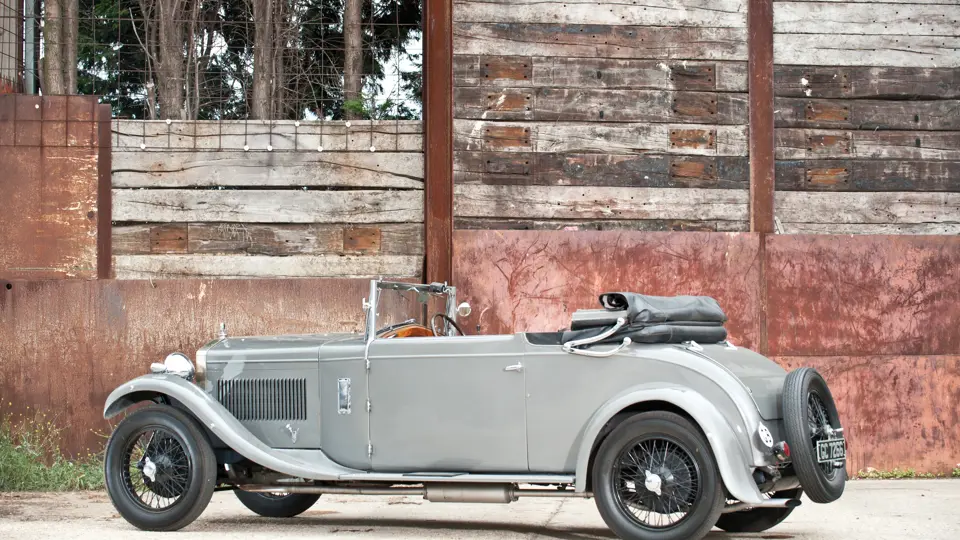

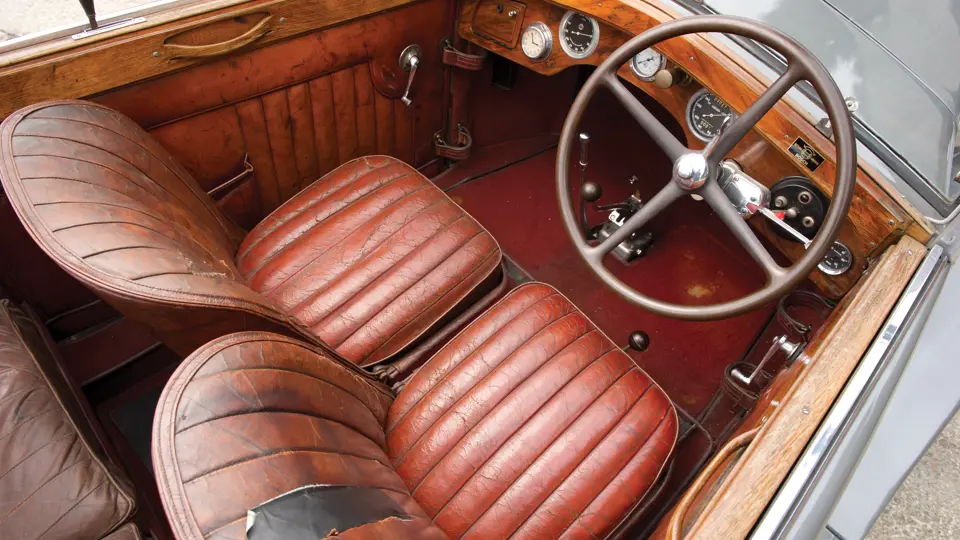

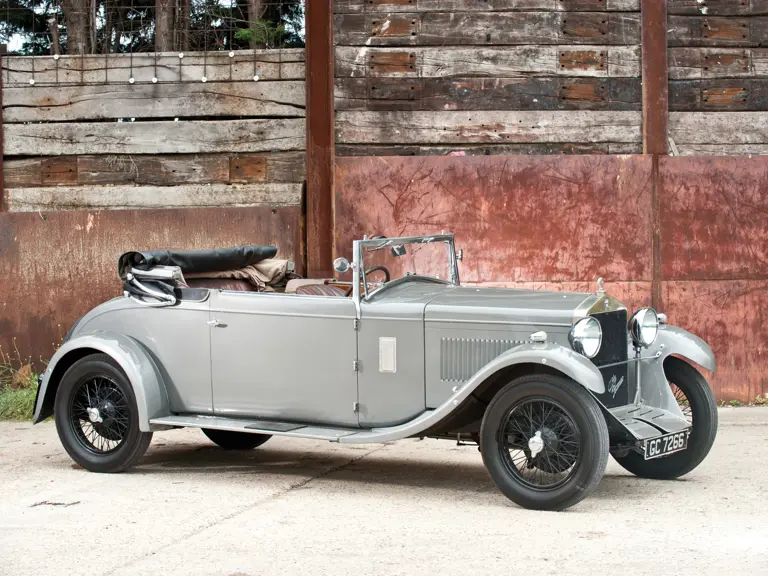


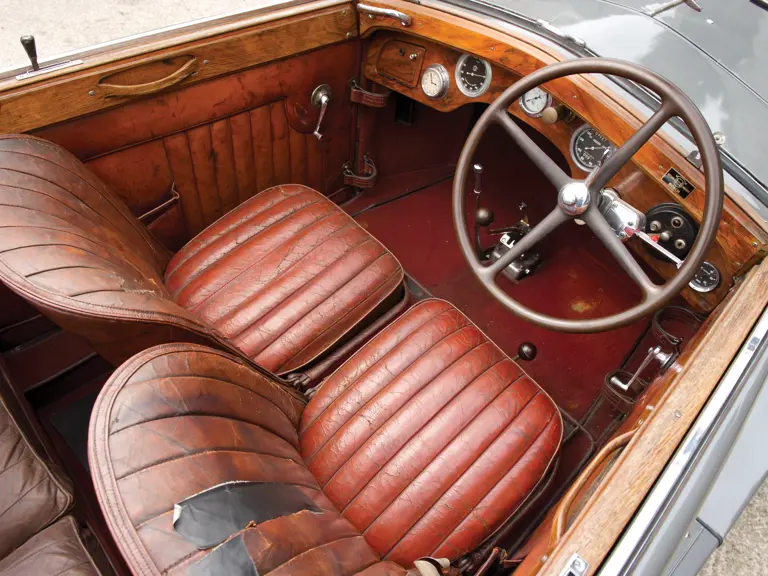

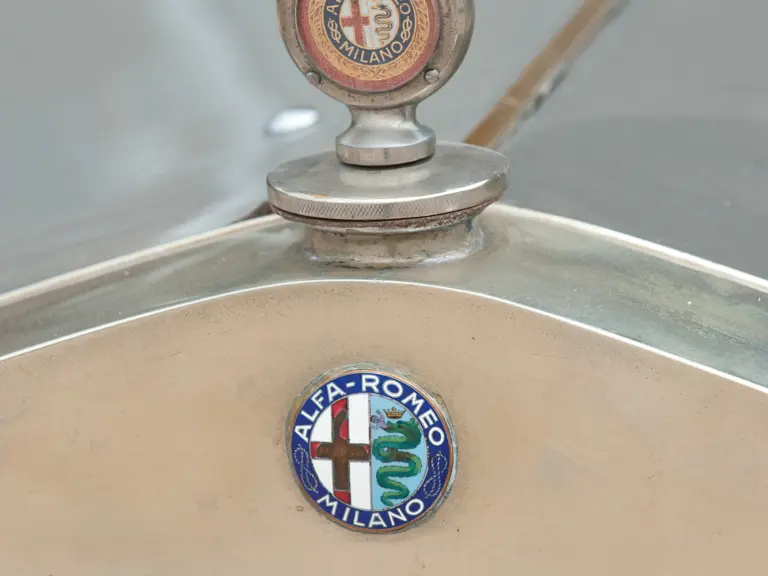
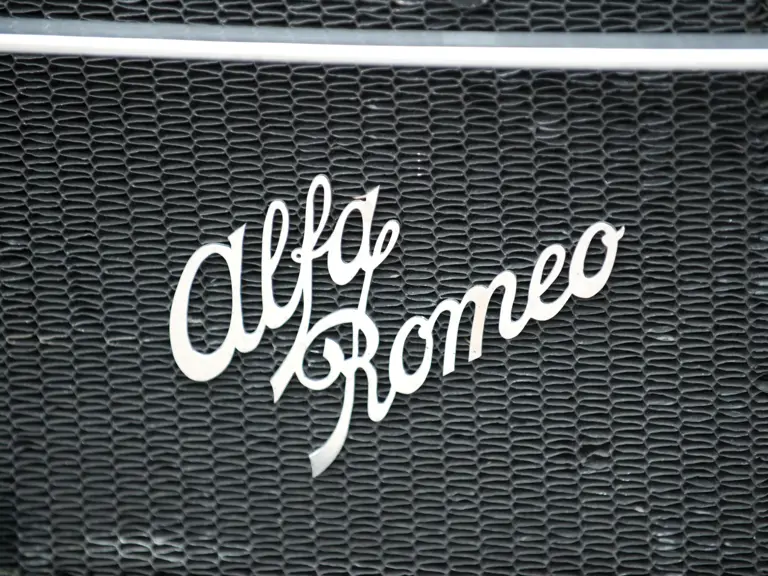
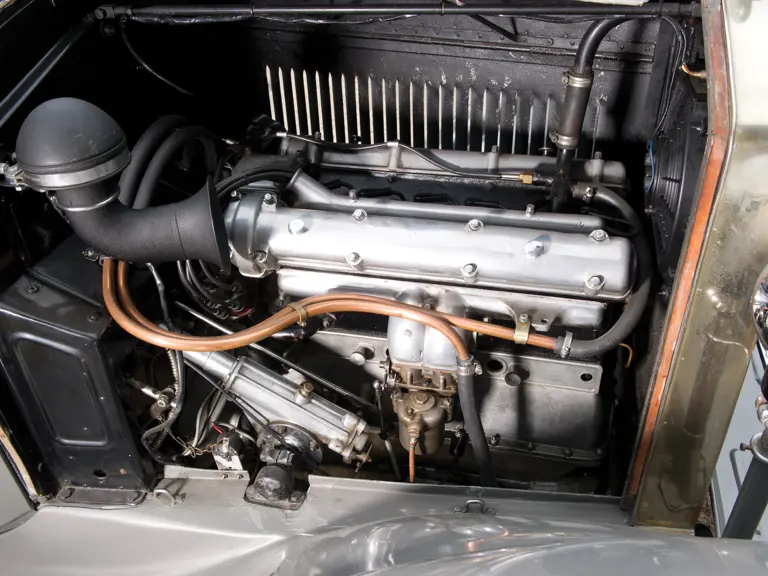
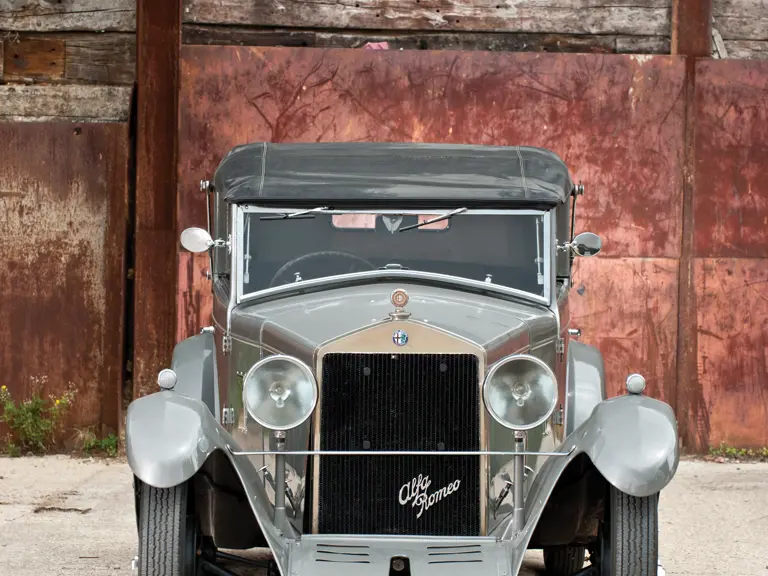




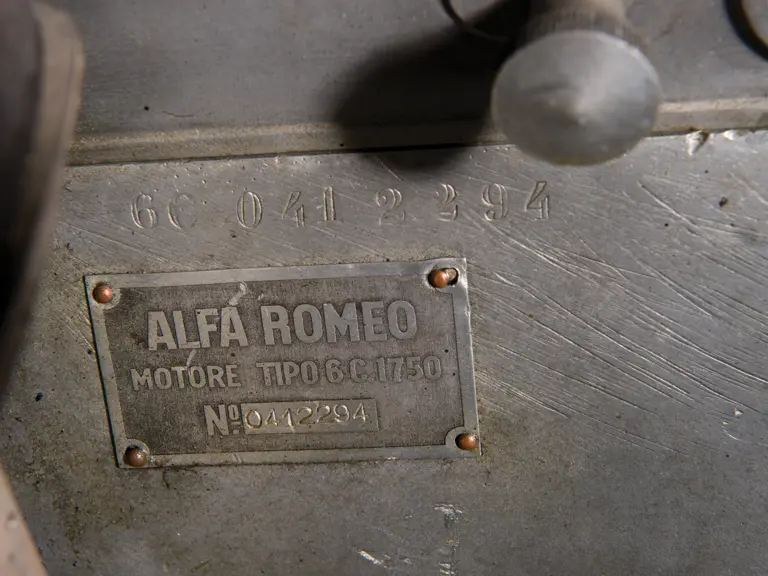


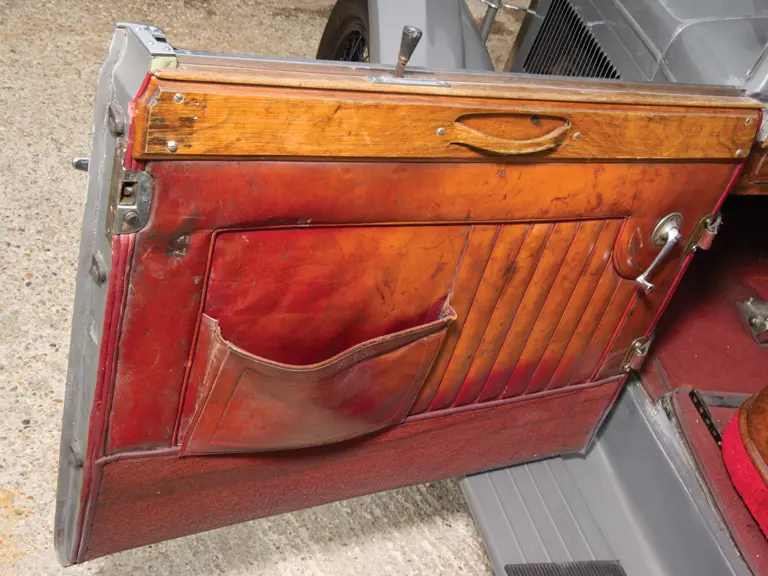
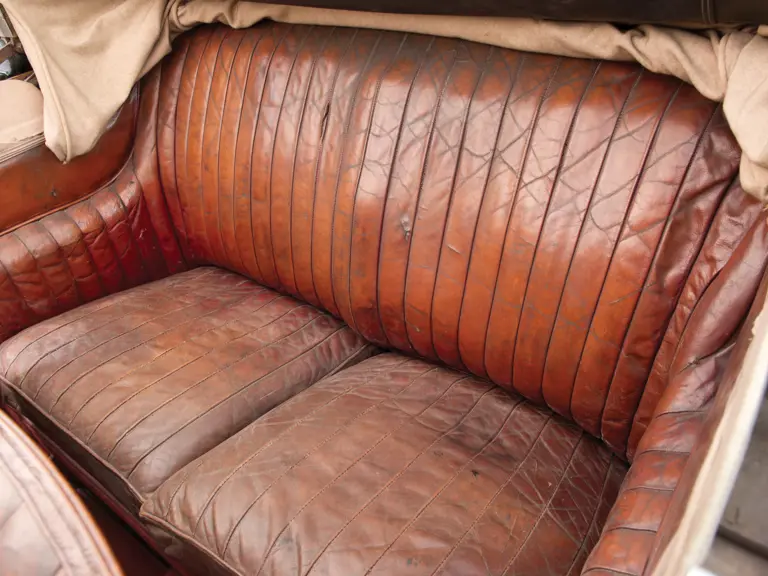
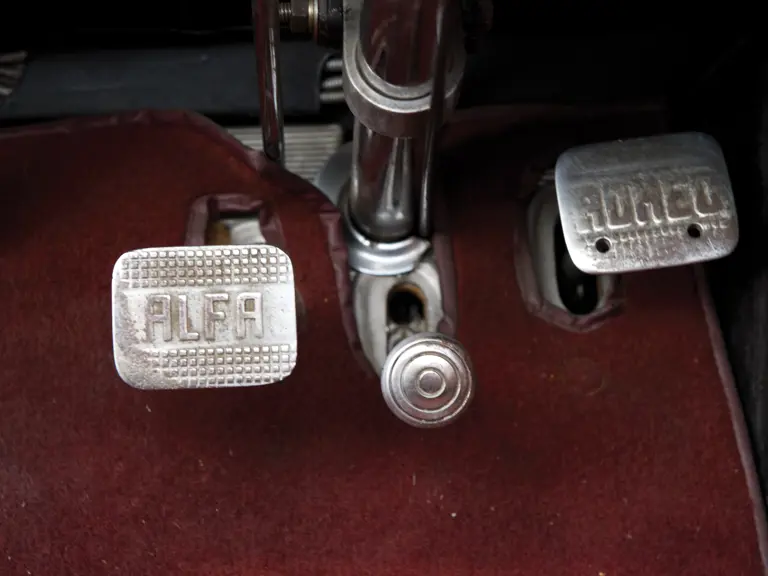
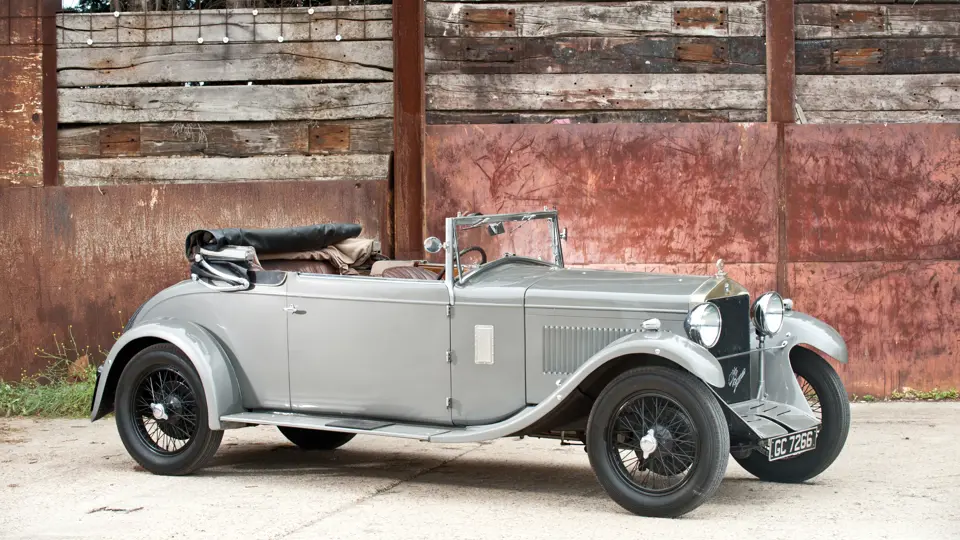
 | London, United Kingdom
| London, United Kingdom
